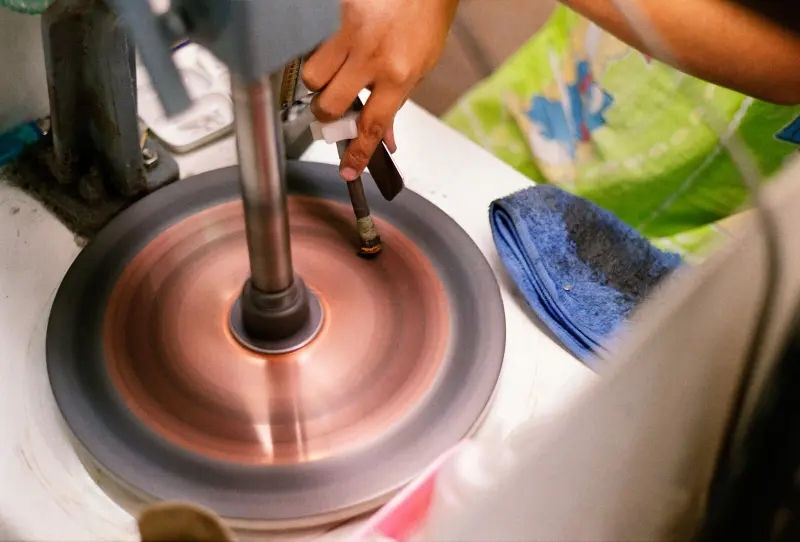Star Sapphires and Star Rubies
- Samuel Cini

- Aug 16, 2024
- 2 min read
Star sapphires and star rubies exhibit a distinctive star-shaped shimmer, which appears to traverse the gemstone's surface as it moves. These captivating gems belong to the corundum family, and they rank as the world's second hardest minerals after diamonds, boasting a Mohs hardness of 9.
The Formation of Star Sapphires and Star Rubies
Corundum is relatively common, but acquiring coloured stones with transparent gem quality is a rarity. In its pure state, corundum is colourless; it's the presence of other elements that imparts color. Red corundum is termed ruby, while all other colour variations (white, yellow, orange, pink, blue) are categorised as sapphire. The primary sources for sapphires and rubies are predominantly in Asia and Africa, with star sapphires, for instance, originating from Sri Lanka. Corundum is typically formed in magmatic rocks like pegmatite or garnet, although it can also be found in marble and gneiss.
The star effect, scientifically known as asterism, arises from the presence of rutile inclusions within corundum. These inclusions, particularly rutile needles, are commonly found in rubies and are considered desirable since they serve as an indicator of untreated gemstones. Extremely high-temperature treatments, exceeding 1200 degrees, can eliminate rutile from rubies and sapphires as it begins to melt.
The Role of Cutting in Unveiling the Perfect Star
Asterism becomes visible when a sapphire or ruby is cut into a cabochon shape. Ideally, the stone is cut to ensure that the intersection of rutile inclusions is near the gem's centre. The star-shaped radiance is noticeable under both natural and artificial lighting conditions. Although 6-rayed stars are the most common, 4, 12, 18, and 24-rayed stars can also be found.
The largest star sapphire ever cut, weighing 536 carats, is known as the "Star of India" and is displayed at the Museum of Natural History in New York. However, the "Star of Adam," named after its discovery location in Adams Peak, Sri Lanka, holds the record as the largest star sapphire discovered to date, weighing an impressive 1404 carats.
Star Sapphires and Star Rubies as Investment Gemstones
While inclusions often reduce the value of gemstones, the play of colour created by asterism positively influences the price of star sapphires and star rubies. Nevertheless, these gems tend to be priced lower than their pure counterparts without inclusions. As with all coloured gemstones, natural and untreated stones bearing international certification are appealing as investments. In the case of star sapphires and star rubies, those weighing 1 carat or more are particularly valuable as investment gemstones.





